PROCEDURE
In the following exercise, the student will have the opportunity to estimate the amount of air breathed at rest by using a water volume setup. In addition, the student will also estimate full lung capacity.
NOTE: A partner is required for this exercise. First, you will perform the exercise. Then, your partner will also perform the exercise.
Tidal Volume
1. Do not perform any strenuous physical activity at least 1 hour prior to beginning this exercise.
2. Sit calmly. Watch the second hand on a clock or timer while counting the number of times you breathe in 30 seconds. Count one complete cycle of inhaling and exhaling as one breath. Record the number of breaths in Data Table 1 of the lab report under "Trial 1" next to "# breaths in 30 sec."
Data Table 1 – Normal breathing measurements
|
|
Trial 1 |
Trial 2 |
Trial 3 |
Average of Trials |
# breaths in 30 sec |
|
|
|
|
Average # breaths per min |
|
|
|
|
3. Repeat Step 1, two more times for Trials 2 and 3, while recording the number of breaths taken during each 30-second period. Record the measurements into lab report Data Table 1 of the lab report under "Trial 2" and "Trial 3," respectively.
4. Calculate the average number of breaths taken in 30 seconds using Equation 2:
Equation 2: [("Trial 1" + "Trial 2" + "Trial 3") / 3].
Multiply this average by 2 to obtain the average number of breaths per minute. Record in Data Table 1 of the lab report in the row marked "Average of Trials."
5. Place a strip of masking tape along the side of the jug from top to bottom. (Fig 1)
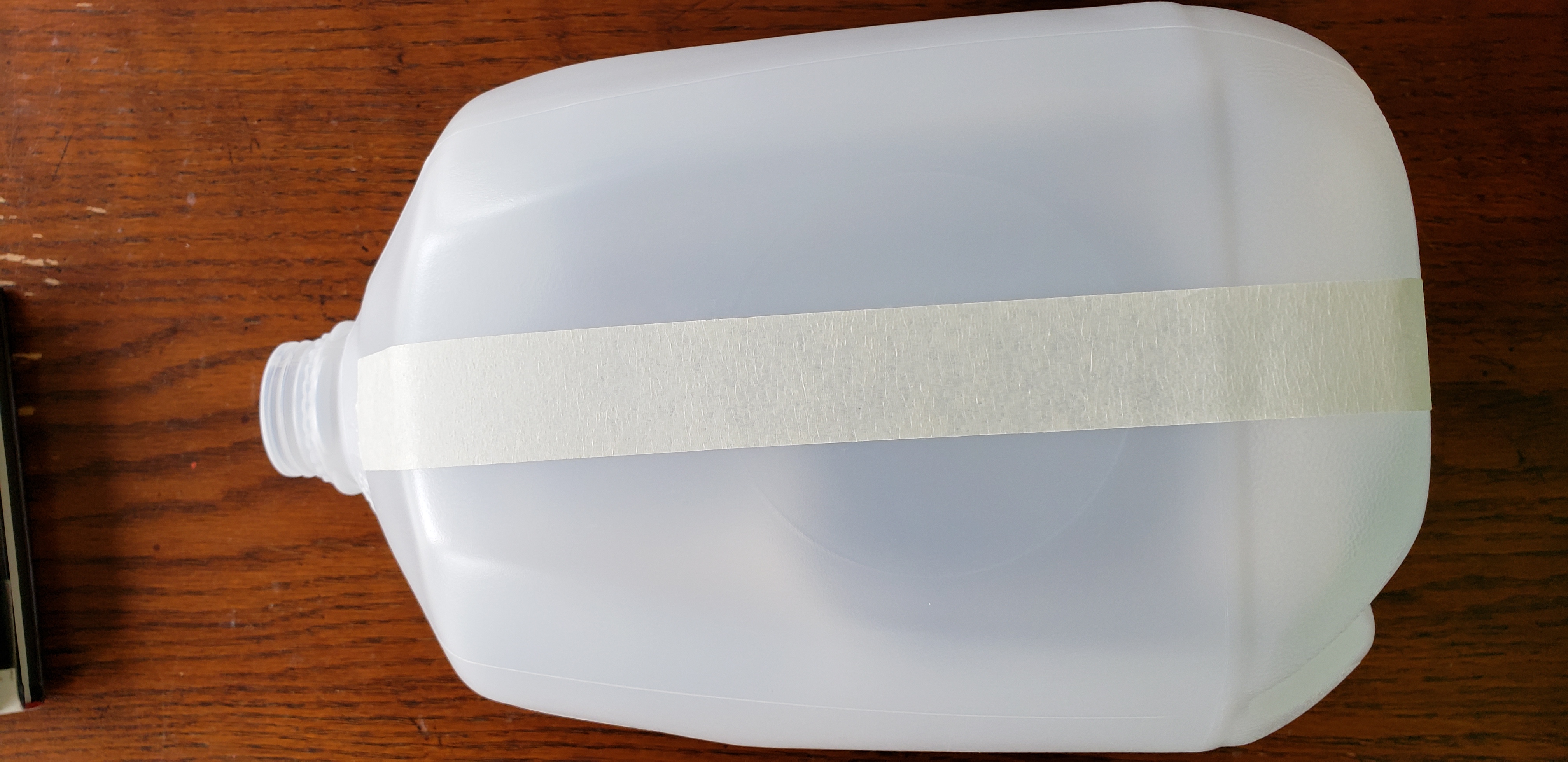 Figure 1 – Masking tape alignment Figure 1 – Masking tape alignment
6. Use the measuring cup and funnel to fill the jug with water. Mark and label on the masking tape each 250 ml level as you fill the jug (mark at 250 ml, 500 ml, 750 ml, etc.). If necessary, add a drop or two of food coloring to the water to see the level. Set the full jug aside. (Fig 2)
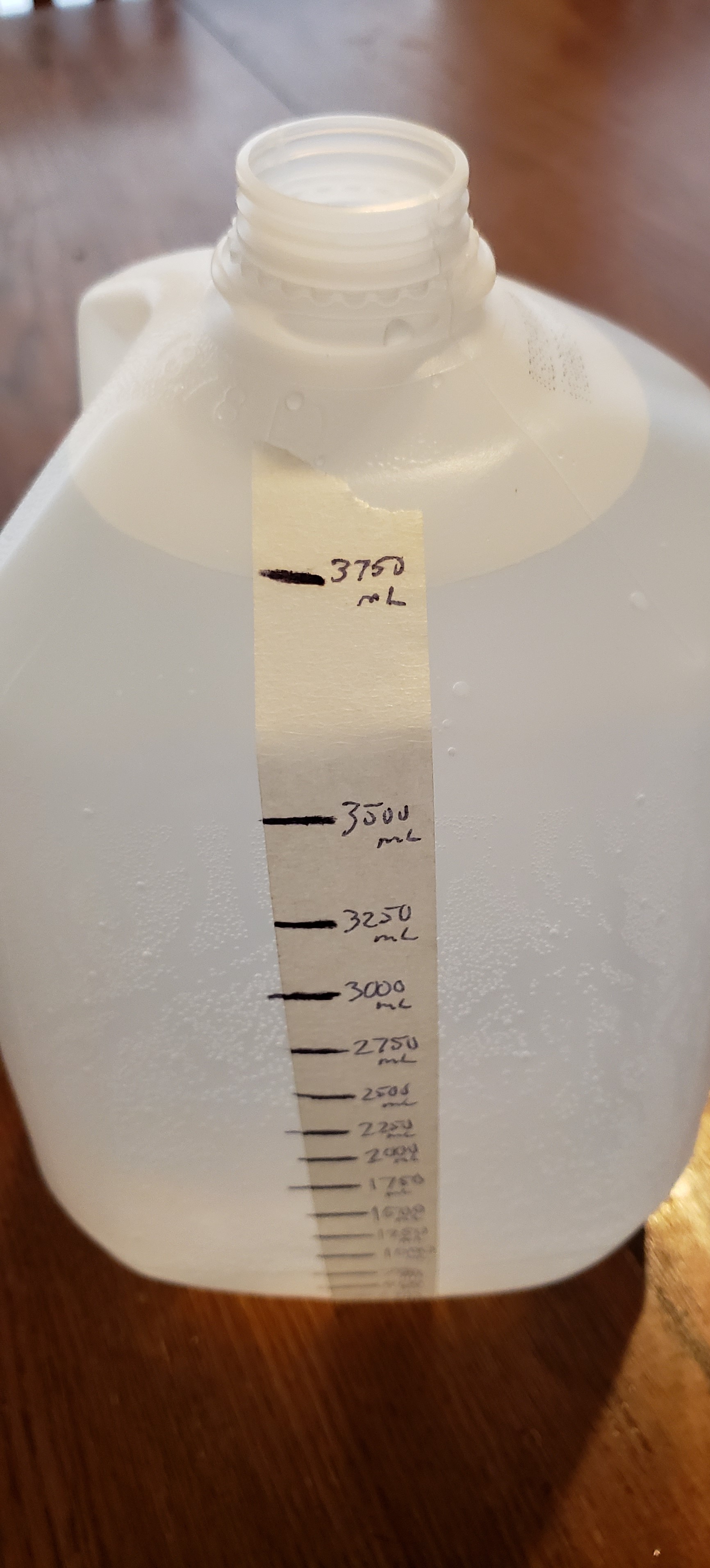 Figure 2 - Measurements on masking tape Figure 2 - Measurements on masking tape
7. Add water to the tub to a depth of 15 cm. **Make sure there is room left in the container / sink for the water inside the jug in case it empties out**
8. Hold your hand over the opening of the full jug and tip it upside down in the tub. Do not let any water escape from the jug. Remove your hand from the mouth of the jug after it is underwater. Continue to hold the bottle upright so it doesn't tip over. (Fig 3)
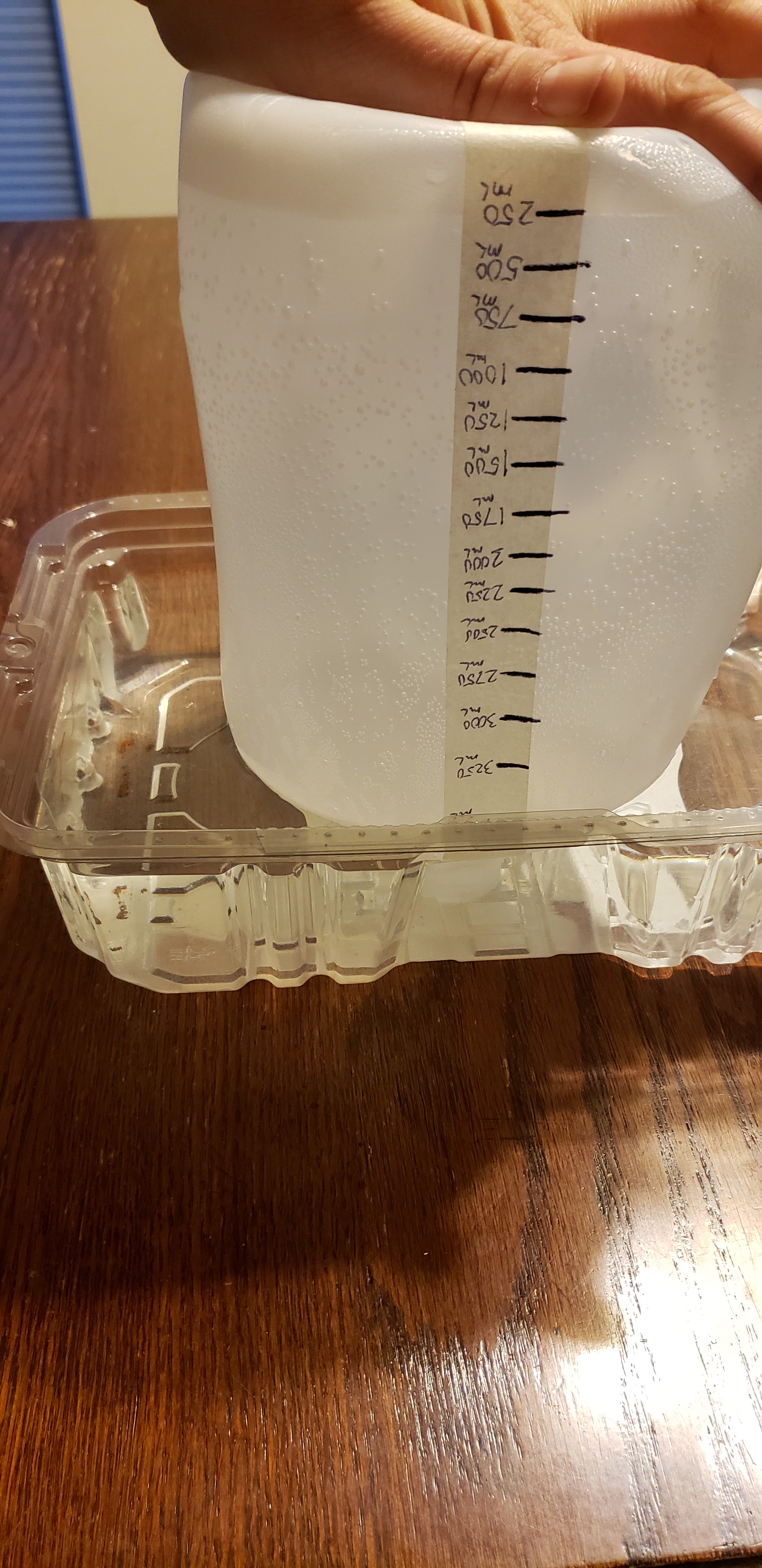 Figure 3 – Placement of jug in water. Figure 3 – Placement of jug in water.
9. Slip one end of the vinyl tubing in the mouth of the jug with the mouth of the jug underwater so it extends about 8 to 10 cm into the jug. Insert a clean plastic straw into the other end of the tubing.
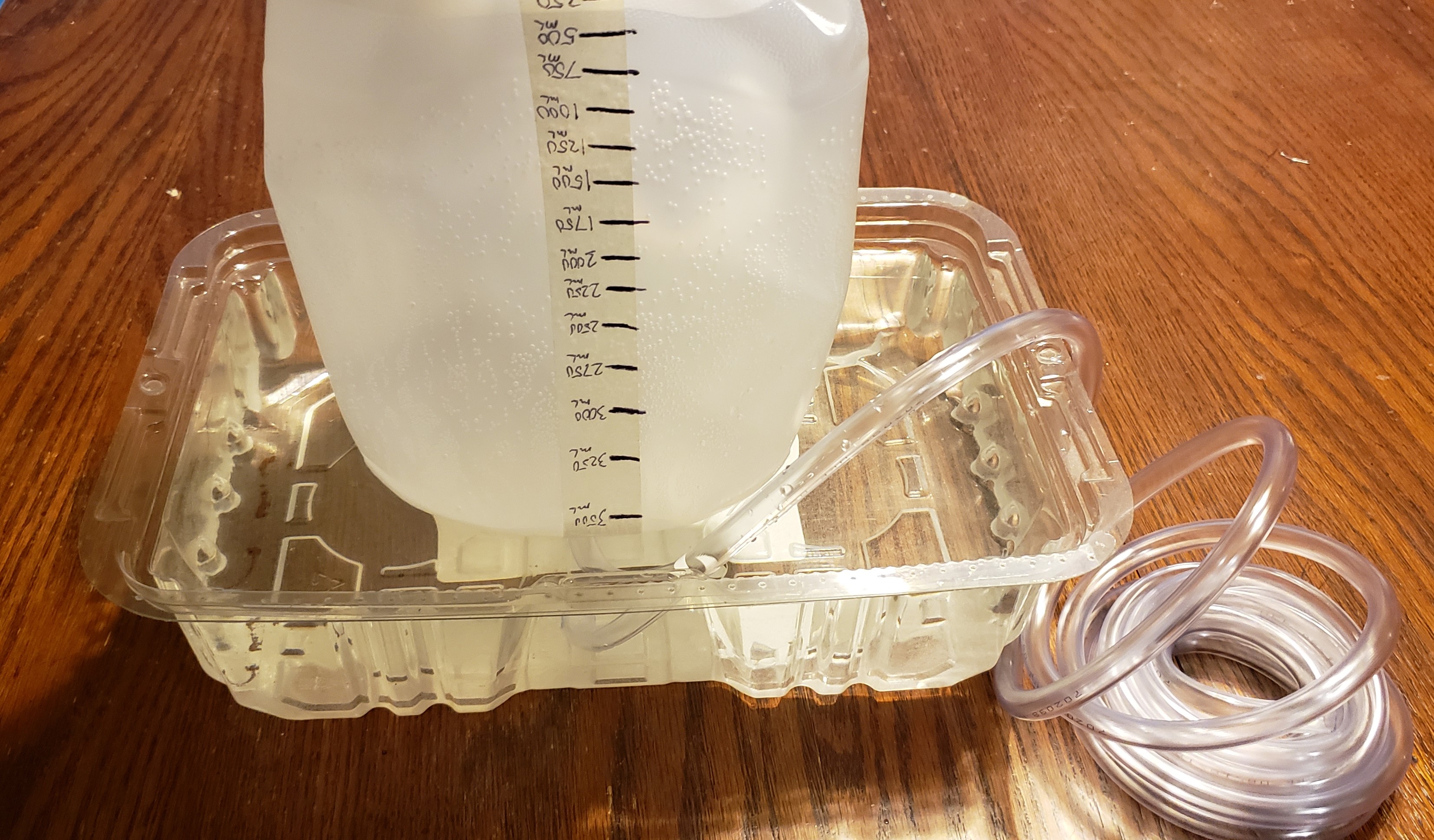 Figure 4 - Tubing insertion Figure 4 - Tubing insertion
10. As you breathe normally, exhale once through the straw. Record how much water is displaced from the jug. This measurement is tidal volume (air inhaled or exhaled during normal breathing). Record value in Data Table 2 of Student Report.
11. Refill the jug with water. Repeat steps 8 and 9. This time exhale one normal breath through the straw, then continue and try to force as much air as you can out of your lungs. Record this amount as tidal volume + expiratory reserve volume. (Expiratory reserve volume is air forced out after normal exhalation.) Record value in Data Table 2 of Student Report.
12. Refill the jug. Repeat steps 8 and 9. Take as deep of a breath as possible and exhale as much air as possible through the straw. Measure this volume and record it as vital capacity (maximum air exhaled during forced breathing). Vital capacity is tidal air + expiratory reserve volume + inspiratory reserve volume. (Inspiratory reserve volume is air inhaled during forced breathing after a normal breath.) Record value in Data Table 2 of Student Report.
***It is possible that you may completely empty the jug of water with this one. If that happens try take a deep breath and breath out into the straw until you are back to your normal breath, not completely emptying your lungs. This would then be IRV - inspiratory reserve volume and can be added to the previous two values (TV & ERV) to get vital capacity.***
13. Repeat steps 8 - 12 but this time therer needs to be some exercise first to increase your heart rate and breathing rate. Once your breathing rate is elevated conduct step 10. Obvisouly your breathing will not be normal, that is what this part is trying to show. Your breathing rate should be elevated for each of the steps (step 10, 11 and 12). Record value in Data Table 2 of Student Report.
14. Repeat steps 8 - 13 for your partner. Note: be sure each person uses their own section of vinyl tubing and a clean straw. Record their data in Data tables 3 and 4.
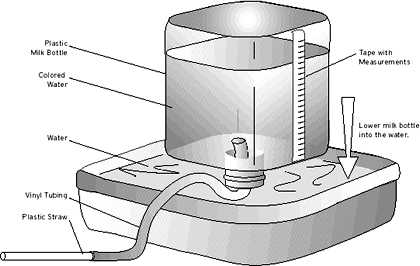
|